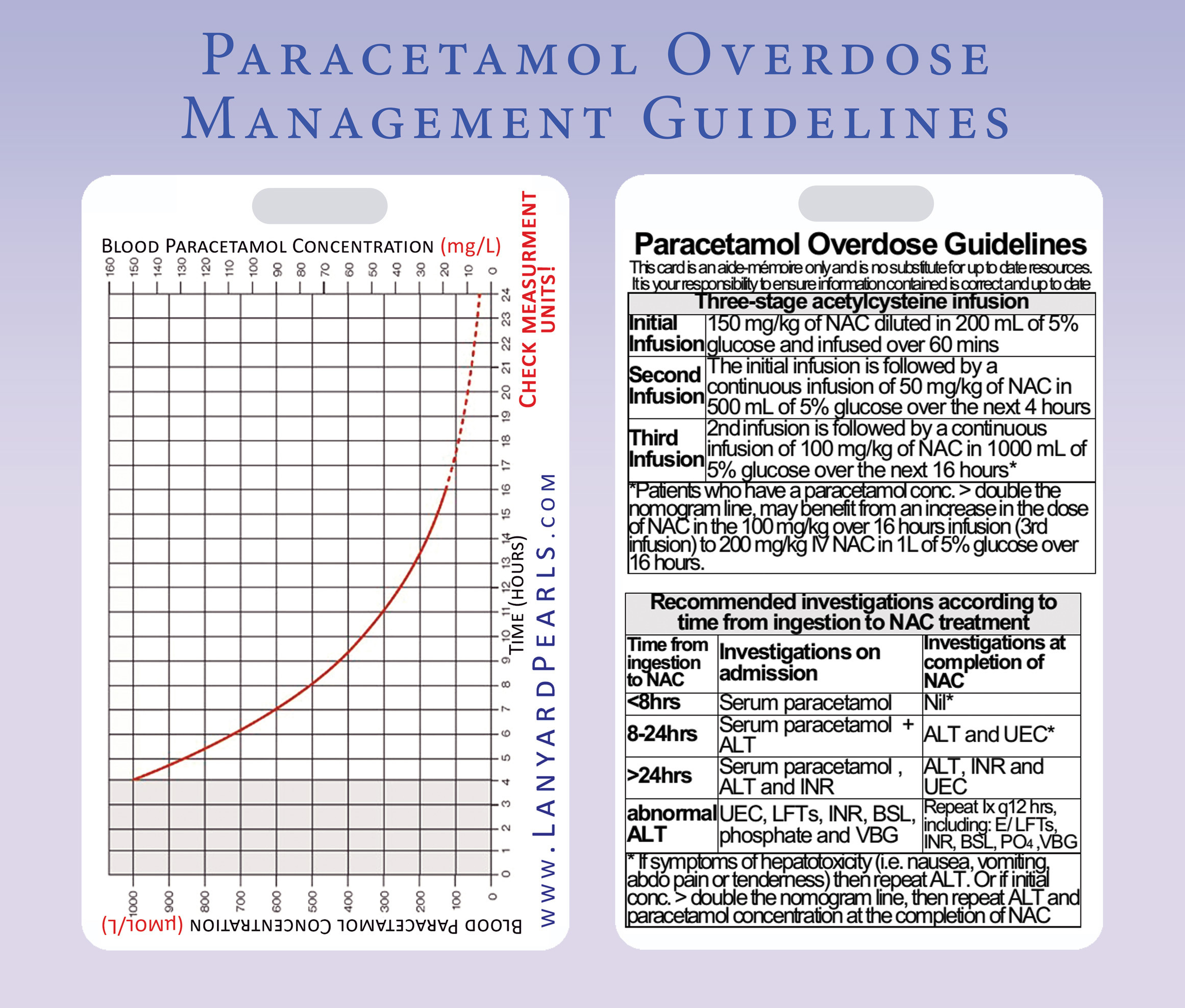
Of 403 patients administered any medication for these reactions, 371 (92%) received an antihistamine. Five hundred four (95.4%) reactions occurred during the first 5 h. We examined the incidence, severity and timing of these reactions, and their association with patient and overdose characteristics using multivariable analysis.Īn anaphylactoid reaction was documented in 528 (8.2%) of 6455 treatment courses, of which 398 (75.4%) were cutaneous. The primary outcome was any anaphylactoid reaction, defined as cutaneous (urticaria, pruritus, angioedema) or systemic (hypotension, respiratory symptoms). This retrospective medical record review included all patients initiated on the 21-h IV NAC protocol for acetaminophen poisoning in 34 Canadian hospitals between February 1980 and November 2005.

We sought to determine the incidence, risk factors, and treatment of anaphylactoid reactions to IV NAC in a large, national cohort of patients admitted to hospital for acetaminophen overdose. Uncertainty exists regarding their incidence, severity, risk factors, and management. Anaphylactoid reactions to intravenous (IV) N-acetylcysteine (NAC) are well-recognized adverse events during treatment for acetaminophen (APAP) poisoning.


 0 kommentar(er)
0 kommentar(er)
